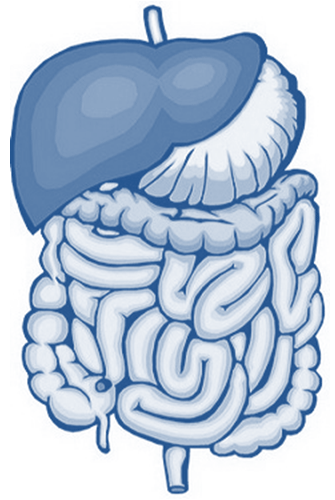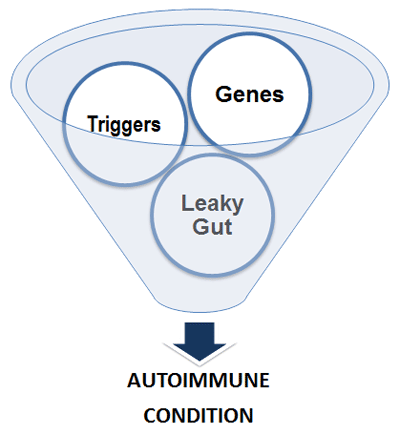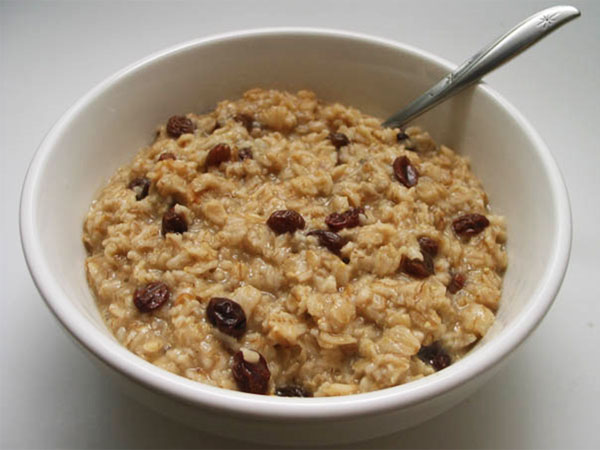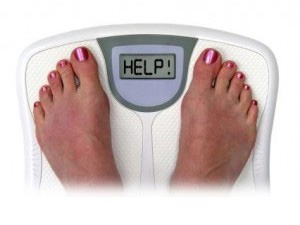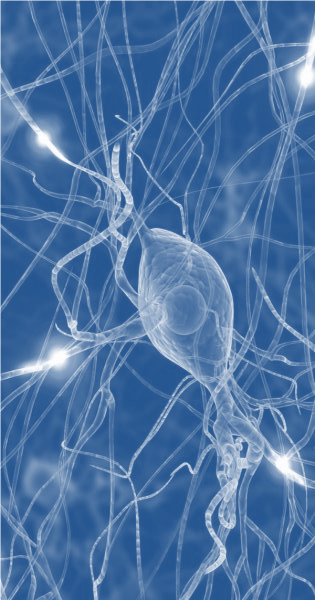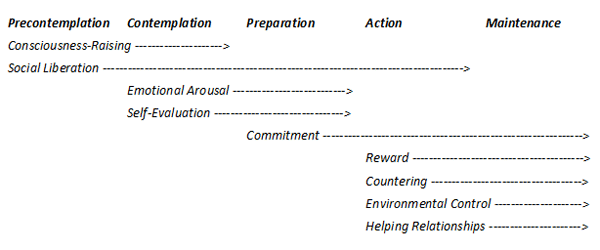A couple of startling facts open Dr. Tom O’Bryan’s book The Autoimmune Fix: How to Stop the Hidden Autoimmune Damage That Keeps You Sick, Fat, and Tired Before It Turns Into Disease:
- By 2030, half of the population will be diagnosed with chronic disease.
- By 2044, the cost of Medicare and Medicaid to treat chronic disease will exceed all the taxes collected by the government.
Yikes! If those two statistics don’t ring the clarion call for making Americans healthy again, I don’t know what does!
I stumbled upon Dr. O’Bryan’s book a little over a month ago when I found out that my body produces antibodies consistent with Hashimoto’s thyroiditis. I was really surprised by the diagnosis given that I’m generally quite healthy. I’ve made the necessary diet and lifestyle changes to eliminate potential triggers for inflammation and establish an uber-healthy gut. Based on everything I’ve read, I’m confident that I’ll get this condition to go into remission. Along the way, I’ve learned a fair amount about how the immune system works.
 We have two types of immune responses. Our innate immunity swings into action whenever a pathogen hits the body. These cells are the first responders at the initial site of attack – e.g., the skin, nose, and mouth. As they fight invaders, the associated tissue swells up. They also call for reinforcements via cytokines, blood-born messengers that communicate between different immune cell types. Antibodies are the heavy artillery that target specific intruders. They’re an adaptive response with primary responsibility for keeping us safe from disease. For example, when vaccinated against polio or the flu, we take in a small amount of the virus so that we can develop antibodies to defeat it. We also develop antibodies to foods and environmental elements (e.g., plastic, heavy metals) to which we are sensitive. Repeated exposure keeps the immune system on full alert status with the troops in active combat. When that occurs, the gang is apt to make mistakes.
We have two types of immune responses. Our innate immunity swings into action whenever a pathogen hits the body. These cells are the first responders at the initial site of attack – e.g., the skin, nose, and mouth. As they fight invaders, the associated tissue swells up. They also call for reinforcements via cytokines, blood-born messengers that communicate between different immune cell types. Antibodies are the heavy artillery that target specific intruders. They’re an adaptive response with primary responsibility for keeping us safe from disease. For example, when vaccinated against polio or the flu, we take in a small amount of the virus so that we can develop antibodies to defeat it. We also develop antibodies to foods and environmental elements (e.g., plastic, heavy metals) to which we are sensitive. Repeated exposure keeps the immune system on full alert status with the troops in active combat. When that occurs, the gang is apt to make mistakes.
Autoimmunity – i.e., a condition in which the body attacks its own tissue – reflects an immune system that has gone awry. Sometimes it happens because our tissues become collateral damage while the immune system rages a battle against something else. Sometimes our tissue reacts to an external stimulus – e.g., a food allergen – causing it to imitate a substance that our immune system has already deemed toxic (a.k.a., “molecular mimicry”). Sometimes the body’s native mechanism to clean up and remove old cells (autoantibodies) goes overboard and attacks healthy tissue. And sometimes the body’s naturally occurring chemical processes lack all of the requisite nutrients to clean up unhealthy byproducts, so the immune system goes after the tissue that started the reaction in the first place.
Antibodies are vigilant little creatures. They’ll hang around for 3-5 months after a threat has been neutralized to make sure it’s safe to leave. Even when they’re down to minimal reserves, our bodies have the capacity to ramp up production on a dime. One seemingly inconsequential exposure can reactivate a particular strain of antibodies; it can take 3-5 more months to calm them down. Yep – even one bite of bread for a gluten-sensitive individual can wreak havoc!
Fortunately, we have the power to make adjustments to help our immune system work in our favor, not against us. We can change our diets, eliminate external triggers, and bolster our intake of vital nutrients to keep our bodies healthy and balanced. And since our bodies regenerate every 7 years, there’s hope that we can remedy some or all of any autoimmune damage that has gone undetected.
Dr. O’Bryan’s recommended dietary changes include:
- Eliminate gluten. Our genetically engineered grains have far more gluten than our forbearer’s wheat, rye, and barley. Dr. O’Bryan claims that our digestive systems do not have the proper enzymes to digest them fully.
- Eliminate sugar and processed foods (which turn into sugar quickly in the bloodstream). They disrupt insulin regulation, interfere with calcium absorption, feed bad bacteria, and cause premature aging.
- Avoid artificial sweeteners. In one study, Splenda increased the growth of calorie-hoarding bacteria in the gut, leading to weight gain, loss of beneficial bacteria, and poor absorption of prescription drugs.
- Eliminate dairy. Pasteurization eliminates good bacteria, digestive enzymes, and vitamins. Homogenization transforms the fat, making it more likely to enter the bloodstream and stick to arteries. Moreover, the principal protein (casein) is difficult to digest.
- Avoid other foods for which you might be sensitive. The resulting inflammation sets off a cascade of reactions that kills off good bacteria, weakens the intestinal lining, and adds undue stress and strain on the body’s immune system.
- Eat pasture-raised, grain-fed meats and free-range poultry. That approach avoids exposure to antibiotics, GMO grains, and other food products of questionable nutritional value. (We eat what our food eats!)
- Eat food high in polyphenols (e.g., colorful fruits and vegetables, garlic, almonds, dark chocolate). It reduces risk of cardiovascular disease by 75%.
- Eat fermented food to contribute good bacteria to the gut that will unlock nutrients from foods while drawing out a range of toxins from the body.
